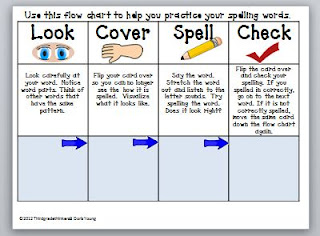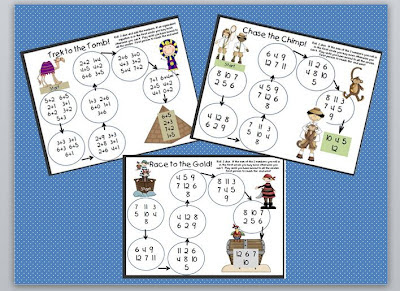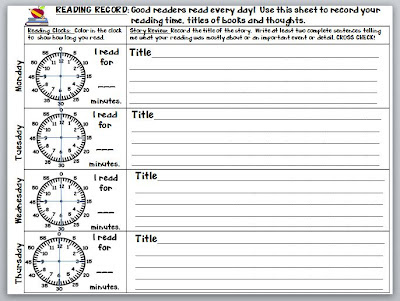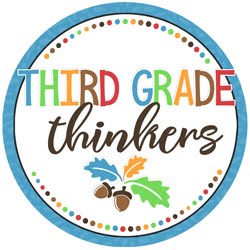Hello All, I am finally back with a math related post!
School has been CRAZY with the beginning of the year busyness. We are in the midst of doing boatloads of assessments. This is a hard time of the year for me because I am itching to teach but need to get reading, writing and spelling assessments done. Being a Virginia teacher means doing PALS assessments. I really do love what the PALS folks have done. I definitely use the assessment information to plan my reading and spelling groups but it is a time consuming process. I've needed my kids to be pretty independent while I call readers back so in between sessions I've allowed them to work with partners playing a few learning games.
Here is one we played this week. We are working hard to increase our speed with the addition facts. I've taught many of the addition strategies like doubles, doubles plus one, fast tens and nifty nines. This game gives them practice in adding sums to 12. Playing it is super simple so it is good for the beginning of the year. I love it for a math station because kids really can play it independently and rarely have questions about how to play.
Kids need a game board, dice and two different colored markers.
Player one rolls the dice and adds for the sum. He looks in the first circle to see if the sum is in the sum circle. If it is, he can move. If it is not, he stays put. Players take turns rolling and adding until one player has made it to the end point.
I varied the game boards and kids liked playing the different ones. I differentiated for the more advanced players by adding some extension boards. These boards have the students moving to the next circle if they see an equivalent equation in the circle. Great for those who need more of a challenge but still gets them to practice their addition accuracy.
Check here if you are interested in getting a set of these boards for your students.
Below is a sample of just some of the designs in the set.
Here is a cute book called Arithme-tickle. A great way to integrate some reading with math.
Check your scholastic book orders for it. Super fun and entertaining and a nice way to jump start your math lessons!
Finally, Do you know that Greg Tang is working with Scholastic and has his own web page?
I LOVE Greg Tang's work and his philosophy! Here is what he says about writing these math books:
“People often ask me, ‘Why do you write math books?’ The answer is simple.
I want to make math easier for kids. When I look around, so many kids are doing
math the hard way. They are counting when they could be adding, adding when they
could be multiplying, and memorizing when they could be understanding. No wonder
they think math is hard!
In writing my books, I hope to show kids how fun
and easy math can be when they learn to think about numbers and problems in
smart ways. I use poems and pictures in all my books because I believe words and
images have the power to communicate mathematical concepts quickly and clearly
and at the same time connect math to a world of things - nature, science, art -
that matter to kids. My goal is simple. Help kids become smart, well-rounded
individuals who love to learn. Enjoy!”
I went to a fabulous Guided Math conference last year with presenter Barbara Blanke. She was showing how she used Tang's books and displayed pages using the document camera. She used them as math talk problems. Well guess what? You can access all his books online here and display them on the Smartboard! Many of the pages are actually animated and interactive!!
Beyond his books, his site has games and printables. You can sign up for a one month free membership to check it out!
Go here:












































 youngdor8@gmail.com
youngdor8@gmail.com

















